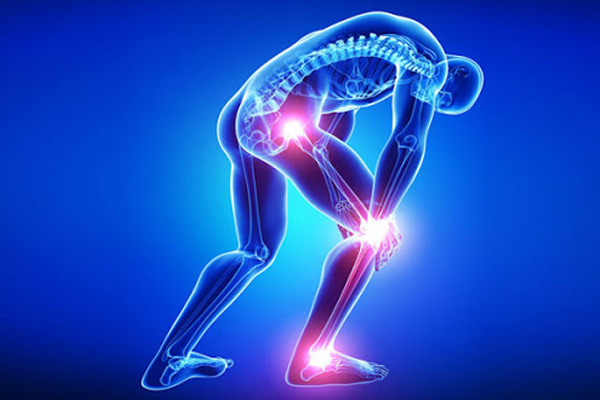
Orthopedics is a branch of medicine that focuses on the care of the musculoskeletal system. This system is made up of muscles and bones, as well as joints, ligaments, and tendons.
A person who specializes in orthopedics is known as an orthopedist. Orthopedists use both surgical and nonsurgical approaches to treat a variety of musculoskeletal issues, such as sports injuries, joint pain, and back problems.
This article provides an overview of orthopedics. It outlines the different conditions that orthopedists treat and what people can expect during an orthopedic appointment.
The article also covers the qualifications required to become an orthopedist.
Orthopedics is a branch of medicine that focuses on the care of the skeletal system and its interconnecting parts. These parts include the:
most general surgeons are familiar with minimally invasive techniques like laparoscopy. Laparoscopic surgeries involve much smaller tools, including tiny cameras that let the surgeon see what’s going on inside your body. These specialized instruments mean that the surgeon can make much smaller cuts than they would with traditional procedures.
General surgeons have a broad knowledge of many different diseases and conditions. They will recommend whether you need surgery and what kind of surgery would be appropriate.
An orthopedist often works as part of a larger orthopedic treatment team. This team may include:
Orthopedists treat a wide variety of musculoskeletal conditions. These conditions may be present from birth, or they may occur as a result of injury or age-related wear and tear.
Below are some of the most common conditions that an orthopedist may treat:
In order to help diagnose a person’s condition, the orthopedist will:
The orthopedist may also order additional diagnostic tests. These may include: